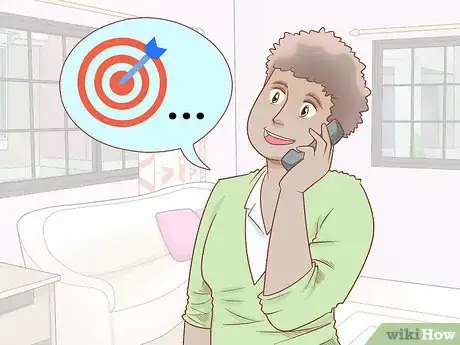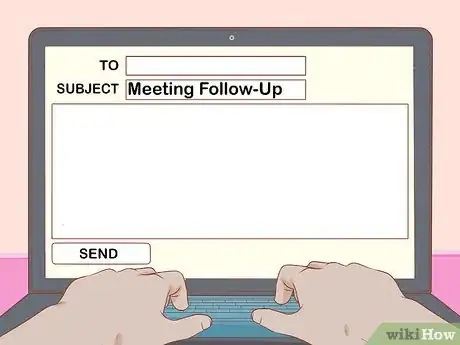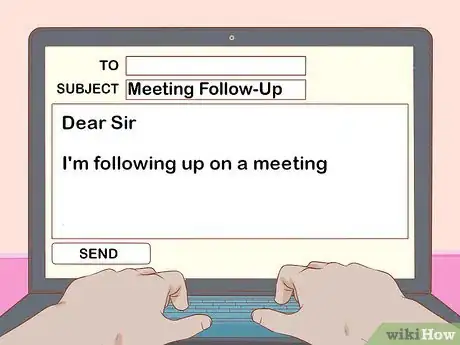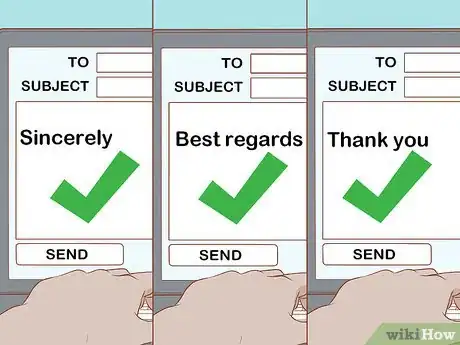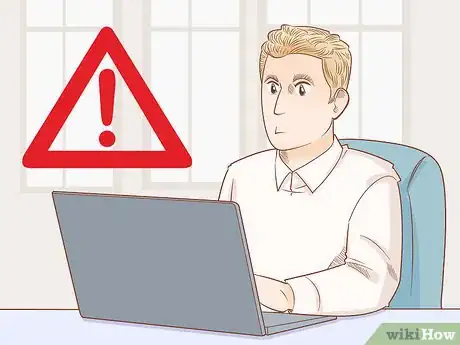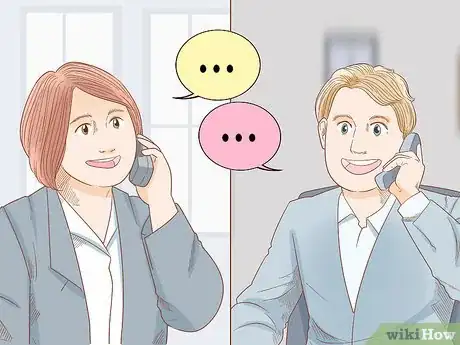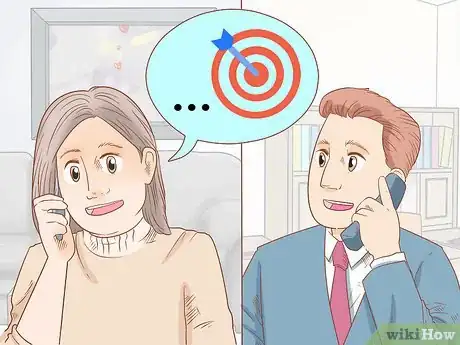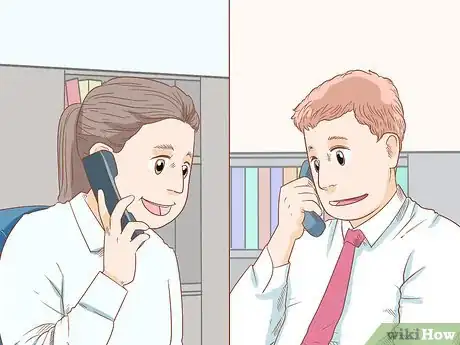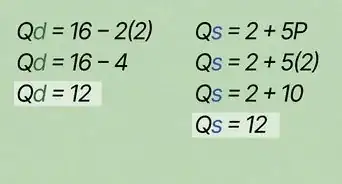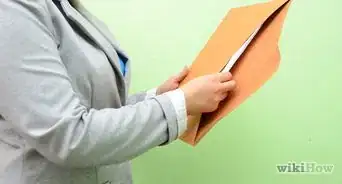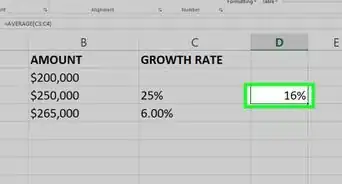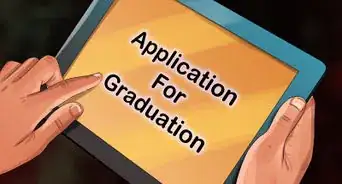This article was co-authored by wikiHow Staff. Our trained team of editors and researchers validate articles for accuracy and comprehensiveness. wikiHow's Content Management Team carefully monitors the work from our editorial staff to ensure that each article is backed by trusted research and meets our high quality standards.
There are 7 references cited in this article, which can be found at the bottom of the page.
This article has been viewed 38,403 times.
Learn more...
There are three different situations you’ll find yourself talking to a small business owner in: on the phone, through email, or in person. Each situation offers its own respective challenges and benefits, but they also all share the common goal of inciting the owner to do something for you. Wondering what’s the best way to reach out? Read on for a step-by-step guide to contacting owners that’ll let you start productive conversations and forge strong business relationships.
Steps
Contacting the Individual by Cold Call
-
1Set up objectives that focus on your introductions and pitch meeting opportunities. Instead of using your cold call to make a sale, use it to identify if the business owner is a potential customer. Set self-objectives like these:
- Testing demand for the product or service you provide.
- To see what price customers will pay for said product or service.
- To see what the primary objections to your product or service will be.[1]
-
2Create a script for yourself to follow. You need to grab your client's attention as quickly as possible, so figuring out what you’re going to say beforehand can make your message concise and gripping. Your script should only be about 30 seconds. You don’t want to read from the script; you just want it to be your guide. [2]
- Your script should have an introduction that acts as a friendly greeting. Greet your prospect by name.
- Following the greeting should be a connecting statement. Show praise for a recent accomplishment the business has made.
- Next, tell them the reason for your call, communicate your proposition.
- Explain why your product or service can help them.
- Finally, let them know what you want from them.
Advertisement -
3Relax yourself and then make the call. If you have multiple prospects (and you more than likely do) take at least 2 hours to go through your call list. Have nothing else in front of you but your call list and script. You want to give your potential customer your full undivided attention in the same way you would want the customer to give you theirs.[3]
Messaging the Owner through Email
-
1Write a subject line that summarizes the email. This line should clearly tell the purpose of your email in only a few words. Eliminate any filler words and place the most important ones up front. You want to make sure that the email's importance is prioritized. The thing to remember is that the reader should be able to know everything that’s going to be in the email, without ever opening the email.[4]
- If you’re following up on a meeting, say you’re following up on a meeting.
- If you’re marketing something, specify the reader’s takeaway and how you’ll deliver.
- If you’re applying for a job, state the job and your name.
-
2Make the body of the email concise. Odds are your recipient is busy and doesn’t have the time to read through a long email. Make your sentences short and sweet and delete any information that doesn’t pertain to the topic of the message.[5]
- The best way to approach this is to write the email by answering the questions, “Who am I? “What do I want? “Why am I asking this person? “Why should they do what I am asking? “What is the next step that I/they/we will need to take?”[6]
-
3Write a closing to your email. Closings include words or phrases such as “Sincerely,” “Best regards,” and “Thank you.” When to use each of these is dependent on the purpose of the email.[7]
- ”Sincerely” is a more formal closing, and one used when you know the specified person's name.
- ”Best regards” is also formal but used in a more general setting—if you don't know the person's name.
- ”Thank you” is more informal but is used to show gratitude to a recipient for something they’ve done for you in the past.
-
4Proofread your email before sending. You want to make sure you keep your credibility. Most if not every business owner will completely disregard your email if it’s full of mistakes. If you can, have someone else read it for you before sending.[8]
Talking with the Owner in Person
-
1Start with some small talk. The best way to get what you want from somebody is through trust, and this can’t be established if your first action is to ask them to do something for you without getting to know them a little. Relate to them, show gestures of politeness and caring by giving them a compliment and showing genuine interest in their words.
-
2Tell them what you’re after through conversation. Slip in your objective once the two of you have had a little time to get to get to know each other, tell them your objective. What services can you provide them? Why should they care?[9]
- Having documentation for them to follow throughout your explanation is an excellent way for you to keep their attention.
- Ask open-ended questions. Some questions will be practical, and some will just be for clarity as you both become more comfortable with communicating with each other.
-
3Follow up with them after the fact. If your meeting ends without a firm commitment, don't think it means they're not interested in your proposal. Stand out by sending a thank you email for the appointment. If your customer asked for more information, make sure you send it to them as soon as you are able.[10]
References
- ↑ https://fitsmallbusiness.com/cold-calling-small-business-guide/
- ↑ https://www.yesware.com/blog/cold-calling-tips/
- ↑ https://www.yesware.com/blog/cold-calling-tips/
- ↑ http://www.businessinsider.com/how-to-write-an-excellent-email-subject-line-2014-3
- ↑ https://www.ilac.com/10-tips-on-how-to-write-a-business-email-in-english/
- ↑ https://www.entrepreneur.com/article/226581
- ↑ https://www.ilac.com/10-tips-on-how-to-write-a-business-email-in-english/
- ↑ https://www.ilac.com/10-tips-on-how-to-write-a-business-email-in-english/
- ↑ https://skillcrush.com/2015/01/20/client-first-impression/
